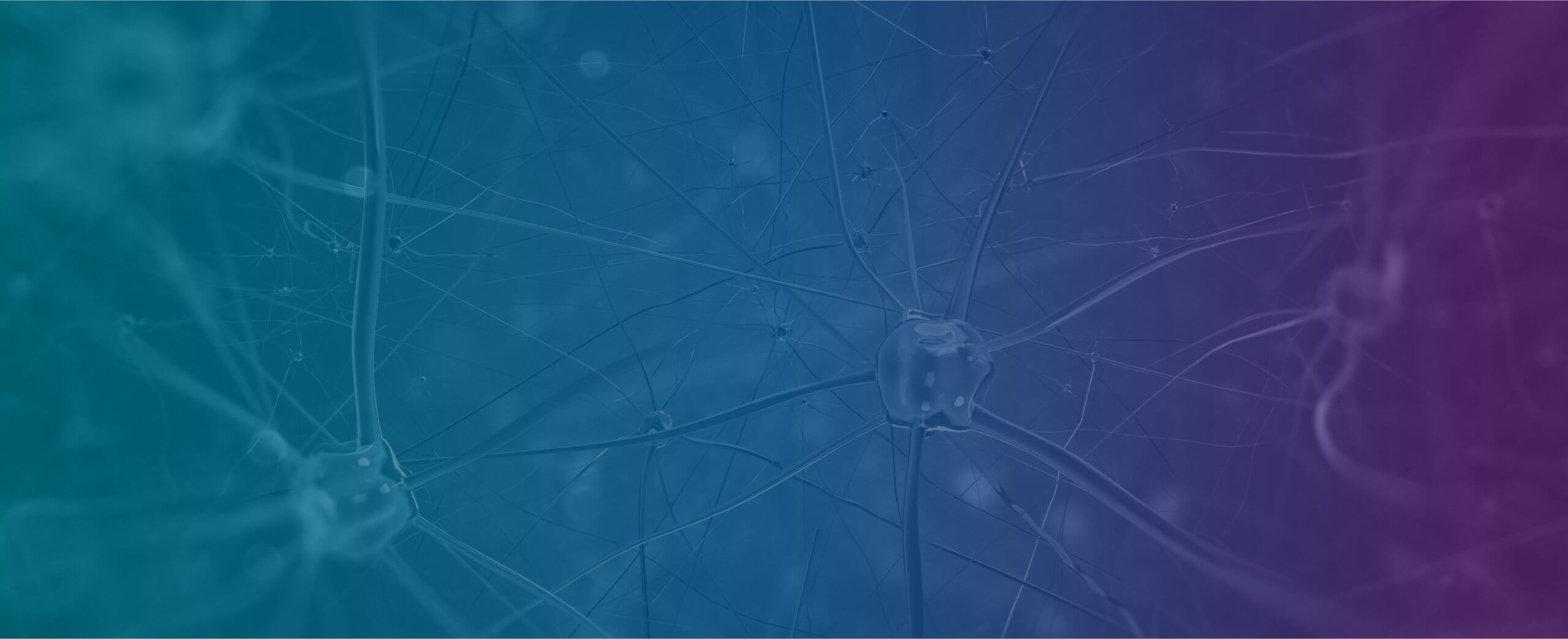Basic Progressive Muscle Relaxation (PMR) Script
Progressive Muscle Relaxation (PMR) is a simple, and influential, method of systematic deep muscle relaxation. It has been widely used for around eighty years now to counteract the effects of tension, stress and anxiety. In 1929 the Chicago physician Edmund Jacobson published the book Progressive Relaxation. In it he describes a method by which awareness of muscle tension can be heightened. Research conducted by modern neuro-psychologists shows that most people tend to underestimate the depth of muscle relaxation which they can attain. Jacobson’s original method places emphasis on a slow, disciplined development of muscle tension awareness providing a powerful weapon against stress symptoms. The script presented here is a more modern approach based upon his basic observations.
By going through groups of muscles in turn, tensing them for a few seconds, and very gradually releasing the tension, deeper than normal levels of muscle relaxation can be attained. As well as deepening physical relaxation and heightening our awareness of areas and levels of tension, this technique reliably elicits the ‘relaxation response’ and effects a more general state of mental and emotional calm. The basic procedure may take a few attempts to get used to but once it is mastered the muscles can be relaxed more rapidly providing an ideal basis for other relaxation techniques, visualisation, or self-hypnosis.
Begin by lying down flat on your back, or reclining in a comfortable chair with your head supported. (If seated, unless your head is supported you won't be able to relax your neck muscles completely without your head falling forward.) Repeat each step below at least twice. Each session should take about 20-30 minutes.
Relax the Legs
- Raise your right leg a few inches from the floor. Arch the foot back and tense the muscles in the leg. Focus on the tension in your leg muscles. Hold (for about 5 seconds) before relaxing (about 20 seconds). Notice the contrast between tension and looseness.
- Repeat, in the same way, with the left leg.
- Repeat with both legs at once.
Relax the Arms, Neck, & Shoulders
- Make a fist with your right hand. Focus on the tension in your right forearm. Hold it before relaxing. Notice the contrast between tension and looseness.
- Make a fist with your right hand and bend the arm at the elbow, to tighten your bicep. Again, hold it before relaxing. Notice the contrast between tension and looseness.
- Repeat the same two steps with the left arm.
- Now repeat with both arms at once.
- Hunch both the shoulders up, and tense the neck and shoulders. Hold it before relaxing. Notice the contrast between tension and looseness.
Relax the Facial Muscles
- Now relax your facial muscles in exactly the same way. Raise your eyebrows as far as you can. Imagine your forehead muscles becoming smooth and limp as they relax.
- Now tense the muscles around your eyes by squeezing your eyelids shut. Relax.
- Now clench your jaw. Bite your teeth down. Relax.
Relax the Breathing
- Now focus your attention on your chest. Take a deep breath. Hold it. Feel the tension in your chest and stomach. Pause before you let go, exhale and relax completely.
- Imagine a wave of relaxation slowly spreading throughout your body, starting at your head and gradually penetrating every muscle group all the way down to your toes.
- Let your breathing gradually become more shallow, allowing your breath to be as free and natural as possible.
Relax the Mind
- Become aware of your eyes, allow them to defocus completely and soften all of the muscles around the eyes. Let the eyes become completely still, passive and inert.
- Count softly, out loud, from 1 to 5. Repeat but twice as softly and slowly. Repeat several times, gradually fading away your voice completely.
- Do nothing. Become aware of the organs and apparatus of speech, the mouth, tongue, throat, breathing muscles. Let the muscles of speech become completely still, passive and inert.
- Remain completely inert and passive in this position for about ten minutes.
- When you're finished, take a deep breath, stretch your arms, and slowly begin moving.

